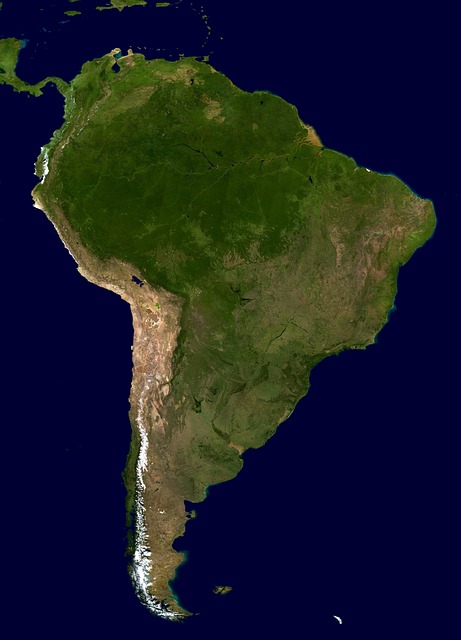In today’s digital age, optimizing images for the web is crucial for enhancing loading speeds and improving SEO. The convert to WebP format is a popular choice due to its superior compression and quality characteristics compared to traditional formats like JPEG and PNG. However, a common concern among photographers and web designers is about the metadata that is preserved or lost during this conversion process.
Understanding Metadata in Images
Metadata in digital images includes important information such as the date the photo was taken, the camera settings, copyright notice, and possibly even GPS location. This information can be critical for both amateurs and professionals who rely on this data for organizing, copyrighting, and sharing their work.
What Happens to Metadata When You Convert to WebP?
When you convert to WebP, the process can affect the metadata in several ways. Some types of metadata, particularly EXIF data, are often lost during conversion. This includes details like camera model, ISO settings, and exposure time. However, it’s essential to use tools that preserve as much metadata as possible if that information is vital for your needs.
Visit our detailed gallery on converting to WebP to see examples of how metadata can be changed or preserved in the conversion process.
Benefits of Converting to WebP
- Reduced file sizes leading to faster website loading times.
- Better image quality at smaller file sizes compared to JPEG and PNG.
- Supported by most modern web browsers.
Google’s developers highlight that converting images to WebP can result in significantly smaller file sizes while maintaining a high quality, which is particularly beneficial for mobile devices with limited bandwidth.
How to Preserve Metadata When Converting to WebP
To ensure that essential metadata is not lost when you convert to WebP, it is crucial to select conversion tools and software that support metadata retention. Tools like Adobe Photoshop and certain online converters offer options to maintain metadata during the conversion process.
For users looking for an Image to webp online free conversion tool, it’s important to verify whether these tools preserve the necessary metadata. Not all free tools provide this feature, so it’s vital to do thorough research or test the tool before committing to large-scale image conversions.
Practical Tips for Conversion
- Always back up the original images before converting them.
- Use reliable and tested conversion tools that support metadata preservation.
- Test a few images first to see how the conversion affects metadata.
- If metadata is crucial, consider using professional software or services.
In conclusion, while the convert to WebP format offers many advantages for web optimization, it is important to consider the impact on metadata. By choosing the right tools and following best practices, you can ensure that your images are optimized without losing vital information.

